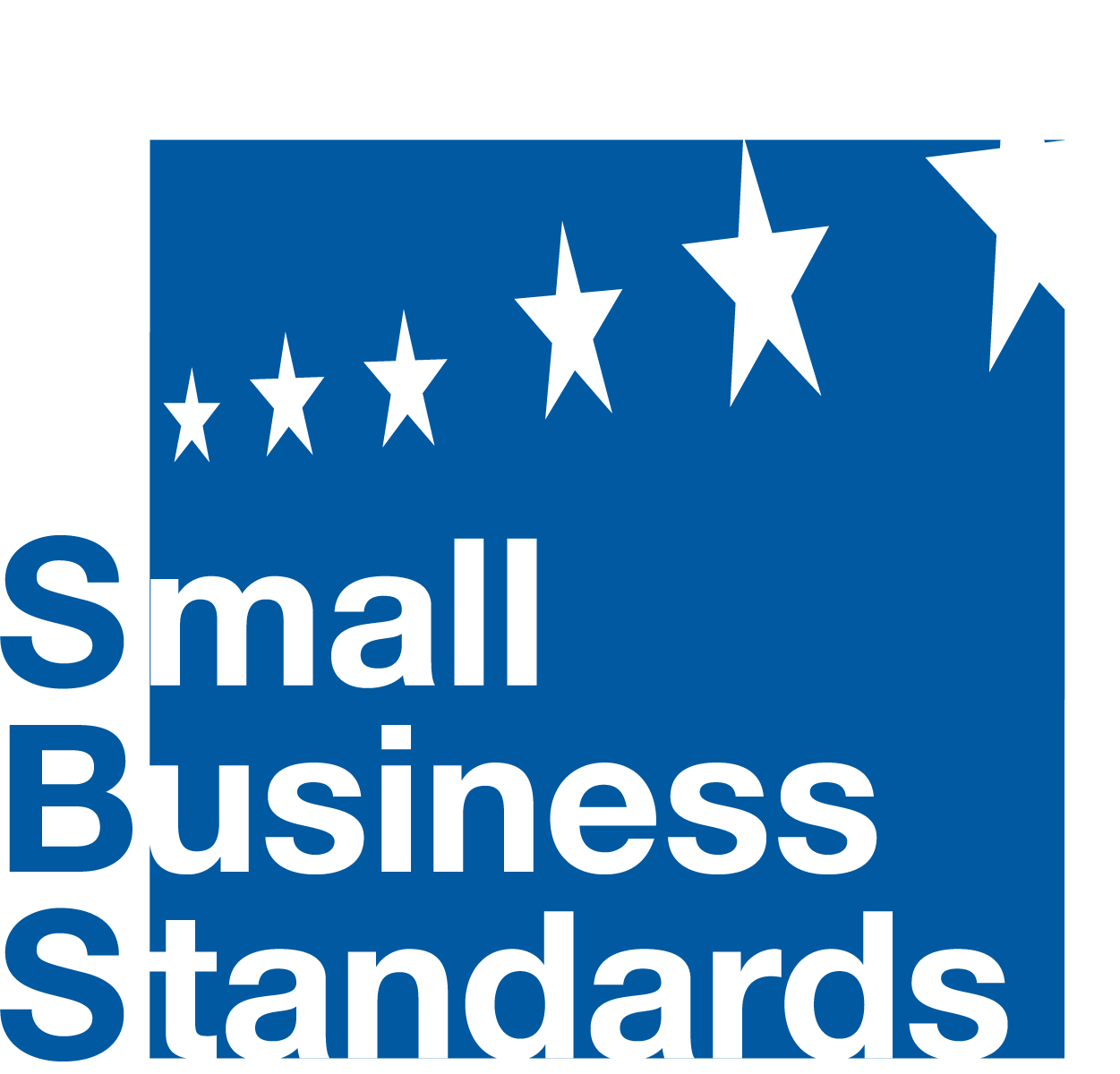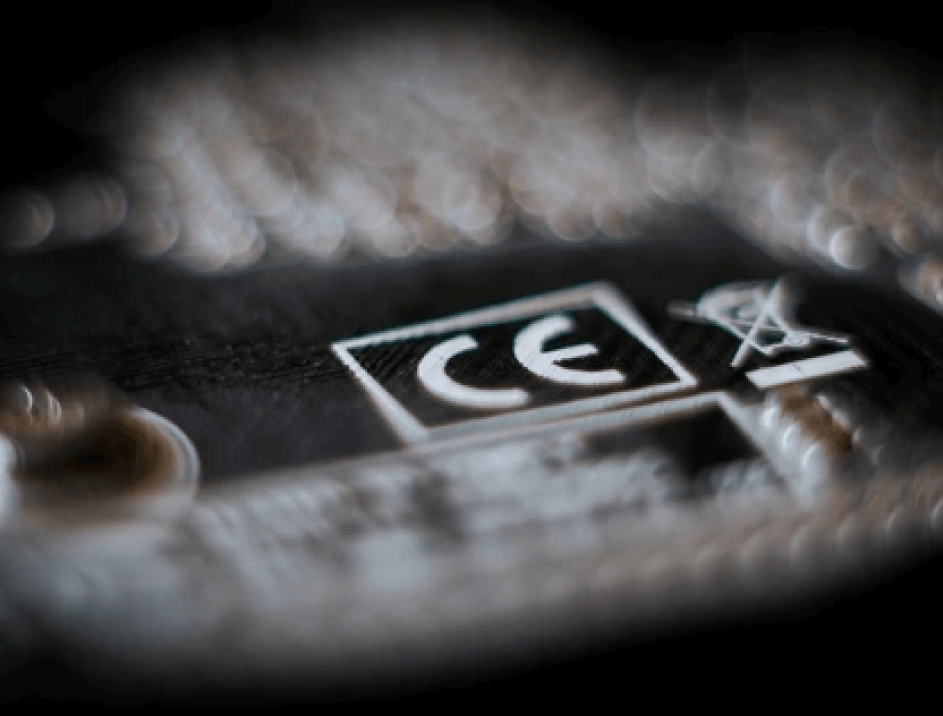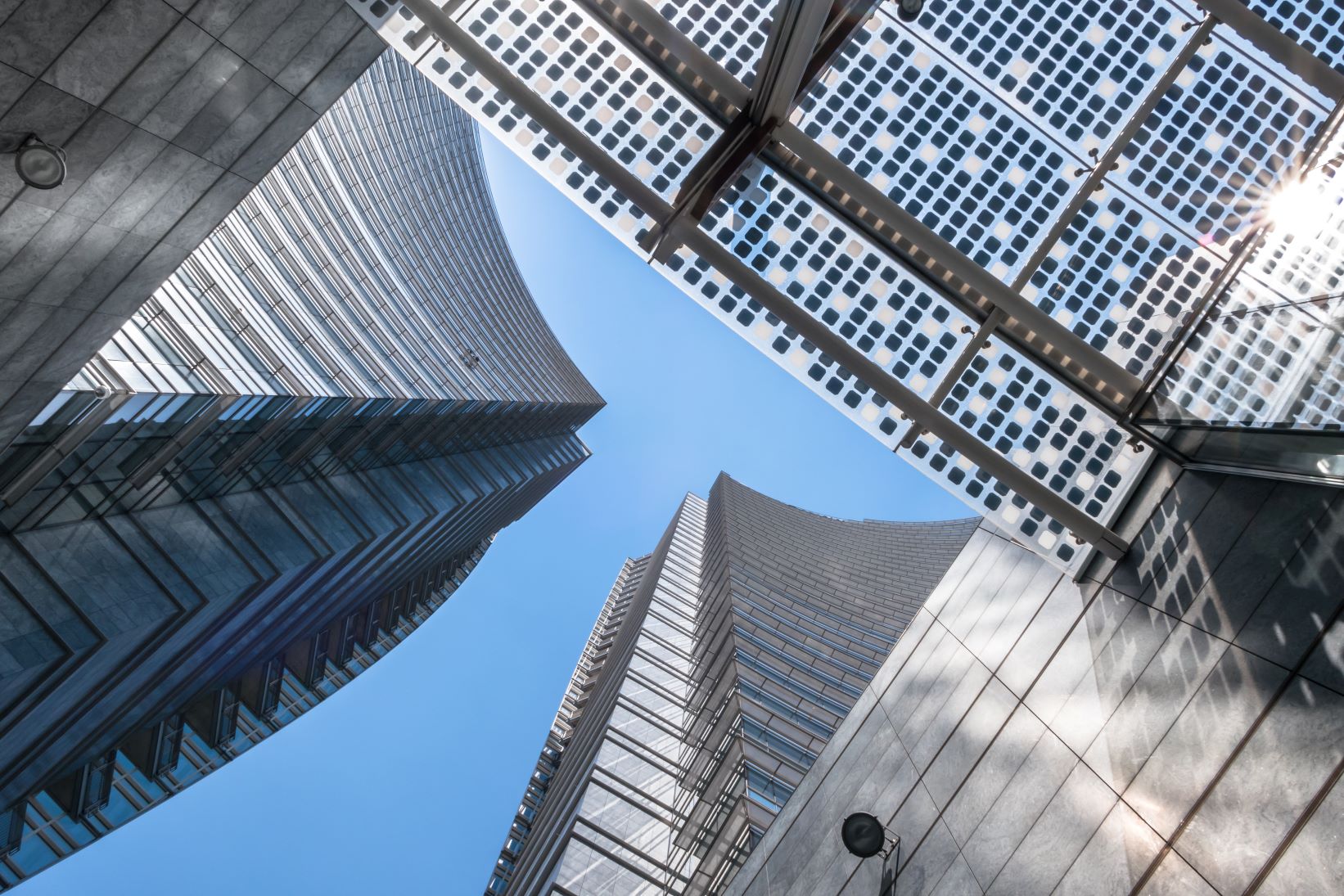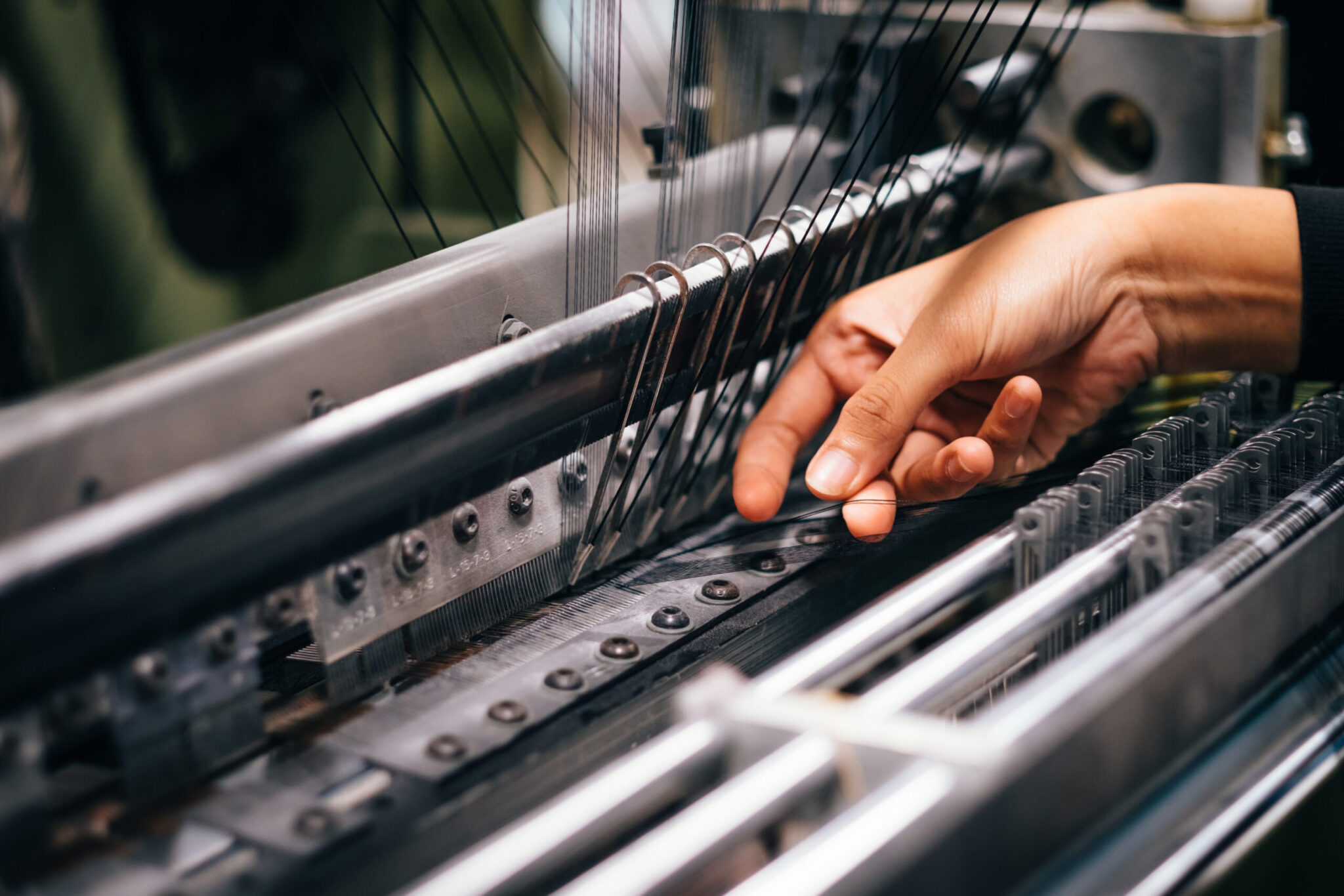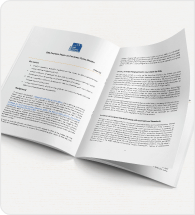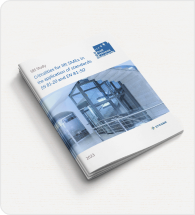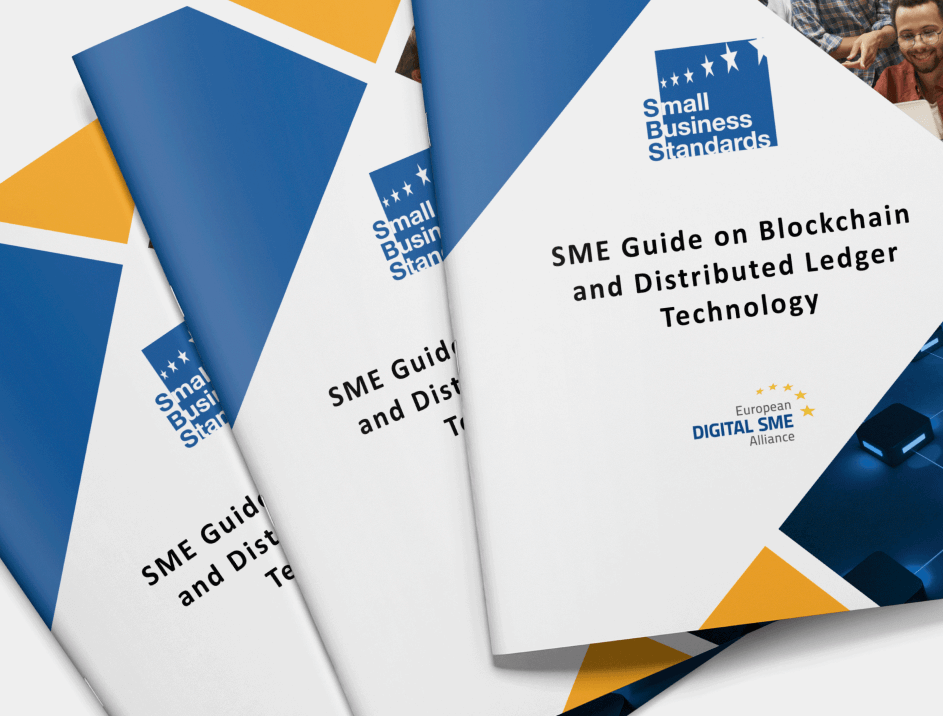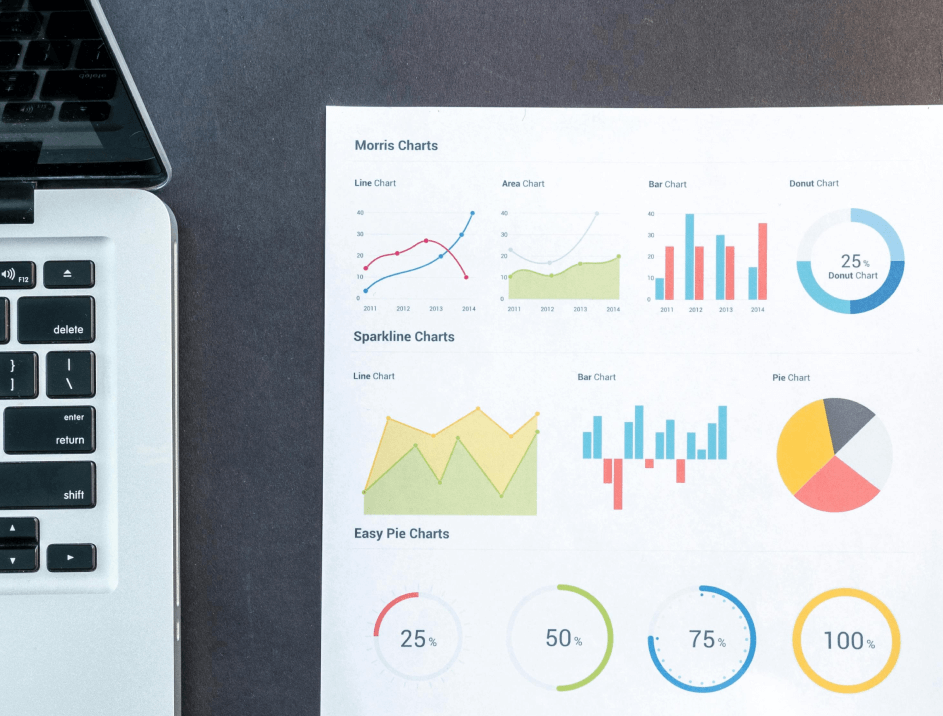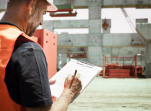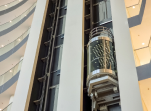Background
The availability of timber provided by the European forestry industry has turned wood into a popular primary material for many industrial sectors, among which the timber window and door industry. In the context of the New European Bauhaus, setting the norm for more natural construction materials is becoming imperative. As such, a potential ban of propiconazole will significantly limit the efforts of the sector to contribute to the achievement of EU climate goals related to the Green Deal, which “encourages the promotion of timber construction and ecological building materials”. The sustainable use of wood is key to decarbonising the European building stock, and propiconazole supports its durability.
The expiry date of propiconazole was postponed from 31 March 2021 to 31 December 2022 giving the European Chemicals Agency (ECHA) more time to assess its reapproval. Part of this assessment is a public consultation on derogation to the exclusion criteria. To feed into the consultation, SBS wishes to provide evidence on the need to continue to allow the use of propiconazole as a wood preservative until a viable alternative becomes available in the market.
The manufacturers are currently working on identifying alternative wood protection strategies and integrating them into production. However, no matter which solution is identified by the industry, it would normally take at least 5-10 additional years to arrive from promising laboratory results to a wellfunctioning full scale commercial process1
According to the Article 5 (2) of the BPR, derogations to the exclusion criteria are possible when three criteria are met:
a) The risk to humans, animals and the environment from exposure to Propiconazole is negligible.
b) There is evidence that propiconazole is essential to prevent a serious danger to human health, animal health or the environment.
c) Not approving Propiconazole will have a disproportionate negative impact on society (when compared to human health, animal health or the environment)
Below, you will find the documentation to support that each of these conditions is fulfilled, and which proves the need for extension of approval of propiconazole.
Derogation of Article 5 (2) a: Risk exposure is easily avoided
According to the BPC’s opinion on the approval of the active substance, in the case of propiconazole, most risks for human health and the environment are occurring in a manufacturing setting. In the sectors of carpentering and manufacturing of wooden doors and windows, SMEs and crafts make a great portion of the industry. In practice, manufacturers are obliged to follow extensive trainings before using impregnation products, which ensures occupational safety.
On a similar note, these products are accompanied by material safety data sheets, which minimize the risks by making the use of Personal Protective Equipment (PPE) obligatory, both during wood treatment applications and in the maintenance and cleaning of wood impregnation installations. As a result, the risk of skin exposure and inhaling of dangerous substances can be easily avoided.
Regarding the risks the exposure on propiconazole causes to the environment, they are minimised likewise. The impregnation process is carried out on finished components, mainly in closed systems2 . As such, excess liquid gets reused, preventing toxic spill overs.
Finally, the coatings are usually applied to the finished products, and often covered with an aluminium cladding in addition to the coating. This results to the protection of the end users from risks related to the direct contact with the substance. Moreover, this prevents leaching of impregnation to the soil due to rainwater.
Derogation of Article 5 (2) b: Propiconazole is essential to prevent serious danger to the environment
The use of propiconazole allows wood to resist biological degradation and to result capturing more carbon. Increasing the use of wood or wood-based materials in construction and in products represents a significant opportunity for emission reductions. Timber windows have very low embodied energy compared to aluminum and PVC windows, and they are the least harmful as they add only minor environmental loads3. This is mainly due to the low energy demanded during the production phase.
Wood is a resource which is renewable, recyclable, and locally available. In the European construction sector, wood comes from responsible forestry sources such as that are certified PEFC or SFC. This ensures that European forests retain their role as carbon sinks and keep providing the necessary amounts of the resource in the future. In the demolition phase, wood gives the opportunity to reuse components in new constructions or remodeling. Alternatively, if not reused, wood is biodegradable.
Finally, timber windows, when properly maintained, can last for considerably long time, preventing the use of resources required for replacing them4. According to EN 335, to be protected against fungi, most wood originating in the EU needs to be treated to achieve durability. Further to the fungal decay, some termite species (for example drywood termites), – which were not typical in Europe, are reported to occur and spread invasively in more and more Member States, due to the changing climate conditions. Both fungi and wood deteriorating insects damage seriously the wood material and as result the wood–in– service loses its structural strength and physical character. The common method for protecting construction wood products against termite attack is the pretreatment of the timber with wood preservatives. Both the fungi and termite attacks are very dangerous in case of old and newly built wood roofs too, as the damage caused by the degradation in an initial phase is hard to detect, whilst 5% weight loss causes 50% loss of strength, which results in roof collapse. The only solution is the preliminary pretreatment of wood material intended for construction purposes.
In the absence of a suitable and efficient wood preservation solution, manufacturers of timber products could risk being excluded from the market. Supplying non-treated products would threaten the security of the end-users, as fungal attaches compromise the robustness of wood. The lifespan of the wooden products would considerably shorten, resulting in the requirement of a greater number of resources. In the efforts to avoid the use of propiconazole, manufacturers could focus on the use of specific species, threatening the biodiversity of forests. Alternatively, other materials such as PVC would become the norm, causing an increased environmental load.
In conclusion, SBS considers that the risks which the use of propiconazole prevents are much more significant than the ones it implies. Maintaining and expanding the use of the sustainable native wood in construction is an important contribution to achieve the goals related to climate neutrality, value creation and resource efficiency.
Derogation of Article 5 (2) c: Not approving propiconazole would be detrimental for SMEs
It becomes evident that a major part of the wood industry depends to a great degree to the use of propiconazole to ensure the high quality of its products. While no valid alternative is available, the
everyday work of the whole value chain of the wood sector is threatened. This would affect disproportionally SMEs and crafts since they would need to invest to switch their production to avoid
losing access to the market, while by nature SMEs have limited human and financial resources. In 2010, SMEs employed 84.6 % of the wood and wood products manufacturing sector’s workforce in the EU5. Wooden windows are more often designed and produced locally and usually installed by SME-sized (or micro-sized) enterprises6 . Similarly, carpenters in the roofing sector are in their vast majority specialised craftsmen. All these companies would face a competitive disadvantage which could endanger their business.
Manufacturers would need to switch to a different resource for their production. This mean that they would need to invest a higher initial capital if they keep working with wood, since they would need to use more expensive species. In addition, this change would imply the restructuring of the entire production line, which entail further training. These changes create a competitive disadvantage for SMEs, since they are less flexible to quickly adapt to changes in order to avoid market exclusion.
A change of material would also affect the upstream value chain activities. The species that can be safely used in manufacturing are mainly originating outside the EU, which means that local jobs in the forestry sector could be outsourced. Moreover, it would introduce a shortage in the market when the mismatch takes effect, since the alternative supply would not be immediately available. All in all, banning propiconazole would create a disproportionate impact on society, threatening the survival of small businesses and subsequently job security.
Conclusion
European construction SMEs highly rely on the approval of the extension of Propiconazole. A potential ban would have detrimental consequences, especially in the sector of timber window and door and carpentry.Currently, there are no imminent viable alternative substances to be used for the same purpose, as pointed out by the BPC in their opinion, which means that wood would cease being effectively used in manufacturing. Moreover, the long approval period required for the placing of a new biocide product in the market and the subsequent adoption, uptake and deployment phases would put the industrial activities of the sector in danger.
As highlighted in this paper, in our opinion, all derogation criteria are met. With the support of institutions, the industry will need a few more years to develop a long-term solution. However, until the said solution becomes available, the renewal of the approval of Propiconazole is imperative. The risks it presents are preventable to a great extent and are limited in comparison to the benefits it offers to facilitate the use of wood in construction and to contribute the fight against climate change.
4 Canadian Forest Service Publications, “Estimating product and energy substitution benefits in national-scale mitigation analyses for Canada”
5 Eurostat: Manufacture of wood and wood products statistics
